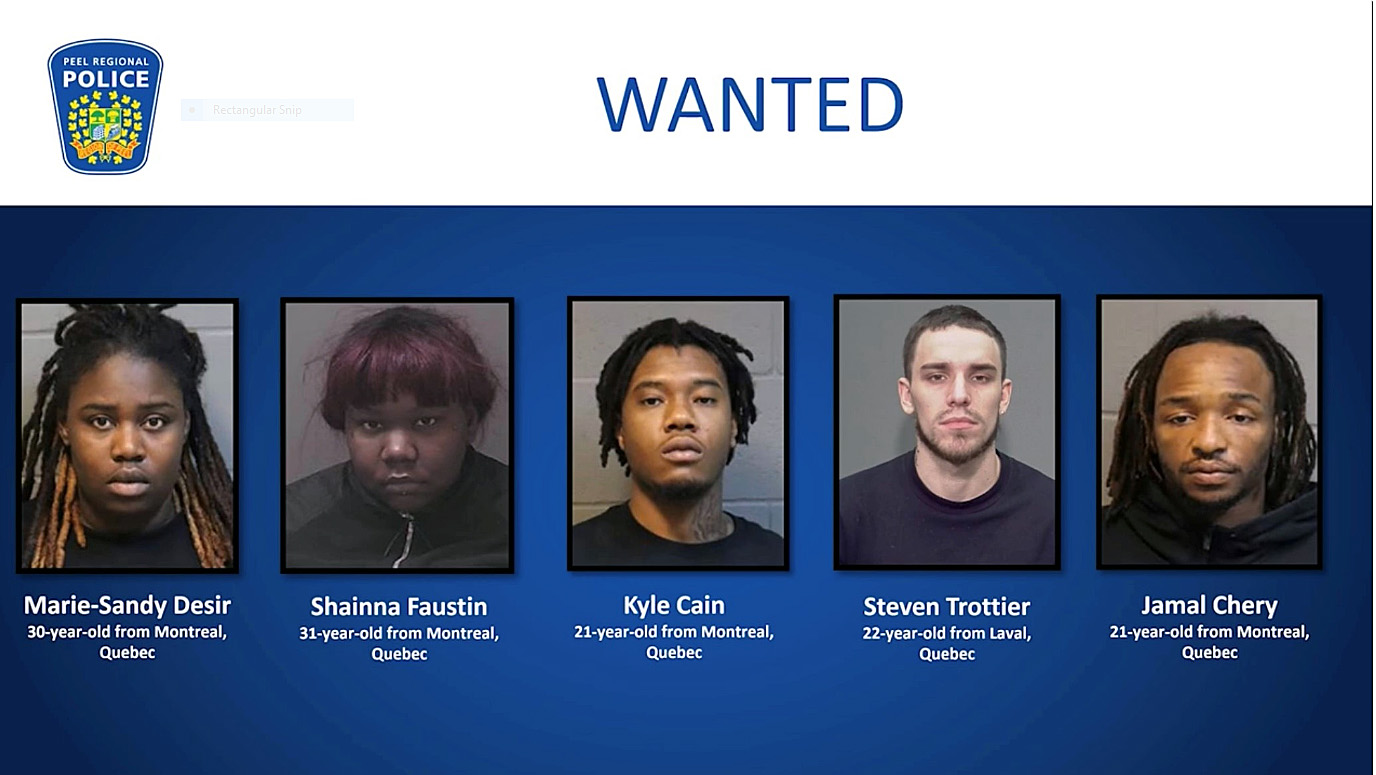Every afternoon when Pamela Nash picks her seven-year-old son up from his school-bus stop set among heavy traffic and construction in their Toronto waterfront neighbourhood, discussion almost always turns to the commute.
“Did anything happen? Did that kid spit on you? Did the bus driver get upset? Were the kids misbehaving? How many times did the bus pull over? Were you late for school?” says Nash, recounting the list of concerns that regularly arise for her son, whose 3.7-kilometre journey from Dundas Junior Public can take 45-plus minutes.
“I don’t even get on to, ‘Now, tell me about school,’ ” says Nash, pausing in frustration, “It’s a lot.”
It’s a service that ensures equitable free access to education, but it can also be the bane of existence for families who face early morning sprints to bus spots, regular delays, unexpected cancellations and the sheer exhaustion that overwhelms their children when they finally arrive home.
“It cuts into playtime, homework,” says Janine Carrington, whose son was bused to Dundas Jr. before he moved on to Queen Alexandra Middle School this year. His rides were often marred by kids yelling and pushing, sometimes leaving him in tears. “It was not conducive to a good school experience.”
But busing is a necessity for those in the far reaches of Dundas Jr.’s catchment area. Hugging Queens Quay from Yonge to Cherry streets, the boundary includes a separate large swath running east past the Don Valley Parkway and up to Gerrard St.
Dundas Jr. families living along the waterfront — one of the city’s fastest growing neighbourhoods — have a litany of busing complaints, from unreliable schedules to a lack of onboard supervision, that they say have not been satisfactorily addressed for years.
Parent Pamela Nash, middle, speaks to other parents from the Queens Quay area about the busing issue.
Michelle Mengsu Chang/Toronto Star
Busing “is a problem everywhere,” says Nancy Daigneault, executive director of School Bus Ontario, a not-for-profit advocacy association whose Left Stranded campaign is demanding the province match rising costs, from fuel prices to wages.
The Ministry of Education funds student transportation, but there is a patchwork of contracts between bus operators and the individual school boards who determine their own policies and, through consortia, manage local routes.
TDSB spokesperson Zoya McGroarty said there have been improvements since the ombudsman’s report, and driver shortages have been “drastically reduced,” but on any given day in the city, there are “1,800 buses on the road in the worst traffic in Canada.” Additionally, she said, challenges related to the nature of the work, such as part-time, split-shift hours, can still make it difficult to recruit and retain drivers.
“Without adequate funding, the driver shortage will continue,” warns Daigneault, adding that school boards and the consortia that run transportation services are, as a result, looking for “cost and route efficiencies” rather than considering extra buses that might reduce travel times.
A spokesperson for Education Minister Jill Dunlop said funding for student transportation will get an additional $80 million this school year, for a total of $1.3 billion, of which $82 million is projected to go to the TDSB.
But that’s little solace on the street. Dundas Jr. parents along the waterfront say they’ve had enough.
After years of individually contacting the school, board staff and the bus consortium to complain, 28 parents recently banded together and signed a letter outlining their concerns.
“What,” they asked, “will it take for our children to get to school and home in a safe and timely manner?”

A family waits for the school bus, which turns from Queens Quay onto Cooper St.
Michelle Mengsu Chang/Toronto Star
‘I assumed there would be a school nearby’
When Nash and her family were offered affordable housing in the Sugar Wharf condos, they immediately accepted. Nash had just had a baby girl and they needed more space.
“I assumed, I was naïve, that there would be a school nearby for my son,” she said.
There were several, in fact. But they were full, a fallout of an explosive growth of condos in recent years and an influx of young families.
The TDSB says redirecting students to Dundas Jr. and Queen Alexandra Middle School, which share a site, is a temporary measure. The board, McGroarty says, plans to build three new schools along the city’s waterfront, including one for 450 JK-to-Grade 8 pupils at Sugar Wharf itself.
But there are no shovels in the ground, no opening date, and parents say they expect their children will have aged out by the time that happens.
So, for now, they travel. TDSB policy allows children in JK to Grade 5 to be bused distances of at least 1.6 kilometres. Dundas is more than double that.
A couple of years ago, only a handful of kids were making that journey; now there are 40 to 50, and that, say waterfront parents, means buses are making more stops, picking up more kids and taking more time on the road.
Nash says that, last year, the bus was so often late for the 8:20 start of class that it prompted her son’s teacher to raise concerns with her that her son was missing out on morning reading time.
The waterfront parents, who use WhatsApp to update each other because they find the bus schedule inconsistent and communication poor, have made multiple requests for the route to be split up.
The TDSB, which allows for a maximum 1.25 hours of travel time, told the Star “we have modified the order of stops and streamlined the run,” but noted that heavy traffic in the area affects the route.

Parents and students wait for the school bus to arrive on Cooper Street near Queens Quay.
Michelle Mengsu Chang/Toronto Star
Bus drivers under pressure
Neeraja Nair says busing has been problematic since the day she and her family moved into the neighbourhood two years ago. But this fall, her concerns were heightened after children, including her six-year-old son, reported that the driver was stopping and shouting at the kids multiple times for misbehaving.
She says she understands the pressure a driver is under, especially on a packed bus without adult help and passengers all under eight. But she fears what potential distraction and frustration might mean on the road. “This is a ticking time bomb and until a terrible accident happens, no one’s ready to change anything.”
Parents say they proposed adding a bus attendant or having volunteer parents ride the route, but they say those ideas were shot down.
When asked by the Star, the TDSB pointed to a 2016 letter to the Education Ministry requesting additional funding for bus monitors, but added that “funding has not been provided to date.” Ministry spokesperson Edyta McKay says the current government has never received such a letter, but noted that transportation funding to TDSB includes $4.5 million for local operational decisions based on unique needs, which could include travel aides.
Getting a straight answer on any of their grievances has been a challenge, say parents. The TSTG has an email for complaints — the lack of a clear complaint procedure was a key point of the ombudsman’s findings — but parents say response is slow and information about bus delays can be confusing.
Nair says she feels like she often gets the runaround, with the school, the TDSB, bus company and consortium pointing at each other.
But parents say Dundas Jr.’s principal, who is on the WhatsApp group and alerts parents if the bus leaves the school late, and the parent council have been sympathetic .

Parents of children who get picked up by the school bus on Cooper Street.
Michelle Mengsu Chang/Toronto Star
Ward 15 Trustee Sara Ehrhardt told the Star that, in September, after hearing concerns about busing along the waterfront as well as along other routes to Dundas Jr., she spoke to the board director and adjustments were made. “I’m genuinely troubled to hear that weeks later these problems still persist,” she said.
“I share the concerns around the growing number of students from several kilometres west of the ward I represent who have been assigned to Dundas and Queen Alexandra schools, as in my view, every child should have a walkable school option.”
Carrington wishes that was the case for her 10-year-old son, who this year has to travel past downtown construction sites and encampments to access the TTC that gets him the 3.7 kilometres to Queen Alexandra. She would prefer, despite past experiences, to have him continue to ride the school bus until he gets a little older.
“I would like the board to acknowledge there is a community that didn’t choose these schools but needs to get to them,” she says.
“All the problems, like the bullying and the lateness of the bus, that all stems from a lack of consideration for this area.”










